The Ghost of Christmas Past may struggle to get politicians working together. This is where and why Aberdeen keeps letting itself down, writes James Bream.
The people of Aberdeen hope and despair for Union Street, the beachfront and the regeneration of our city in equal measure.
I’ve written before about how a much bolder approach is required on Union Street, one which broadly forgets its previous uses. I have written with hope, not expectation. For something to change, our approach to regeneration needs to be different.
There are other people with hope. Rebecca Buchan of The P&J and Evening Express has written at least three times this year about Union Street. Most recently, she put the future of the street on her Christmas wish list.
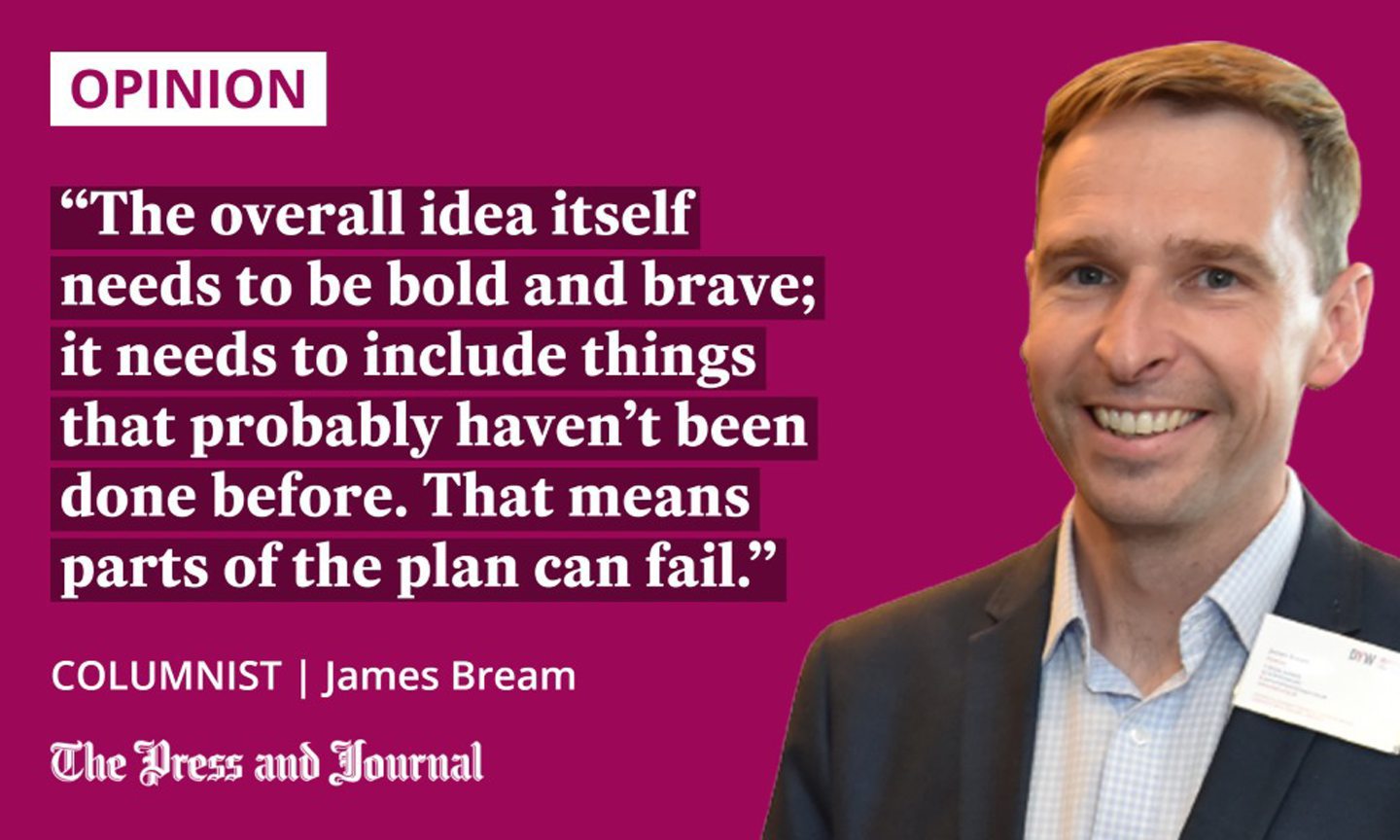
Her hope was for two Aberdeen leaders to put politics aside and secure a brighter future for the Golden Mile. I hate to break the news to you, Rebecca, but you’re getting a lump of coal in your stocking – and you know that’s not a popular thing these days, probably the only thing worse than a barrel of oil.
I don’t know councillor Alex Nicoll, and only know councillor Ian Yuill a little more, but I suspect the Ghost of Christmas Past might struggle to get the respective yellow, reds and blues working together. This is where and why Aberdeen keeps letting itself down.
Over the years, too many things have become politicised, and a lack of non-political leadership has caused stagnation and failure to deliver change. Where efforts have been made by those outside politics, politics get involved, and this virtuous circle has caused us to underdeliver on regeneration and change.
Regeneration needs purpose, not just improvement
Before returning to Aberdeen, I worked on many regeneration programmes in cities like London, Glasgow, Edinburgh, Birmingham, Manchester and more. These projects had a number of things in common, few of which Aberdeen has yet chosen for itself. So, here is what I would do if I were the Major of Aberdeen.
I’d have a fancy hat and procure some damned fine threads. I’d go for a red and black velvet suit, a paisley shirt and some patent shoes. Looking sartorially remarkable, I’d get to work.
First, I’d make a plan. The plan can’t be just about making something better, it has to have purpose. That purpose should include job creation, leisure, and community involvement, and will probably break down parts of Aberdeen into having sub-purposes.
There is a good reason that many regeneration schemes or city plans have “quarters”; this helps give definition to the purpose and lets people understand a narrative for place.
I’d then visualise this plan (as a drawing) and put in key building blocks (major projects).
Keep risk-averse politicians out of the equation
A linear regeneration needs something at the start and at the end, which are generally large and catalytic, probably located in what are deemed the worst locations. This allows regeneration to happen between the bookends. These projects need to be supported by the public sector, allowing private finance to infill.
In other cases, voids can be used – these are often called “parks”, and massive green areas can be cheap and easy to deliver.
The overall idea itself needs to be bold and brave; it needs to include things that probably haven’t been done before. That means parts of the plan can fail.
Politicians don’t like to back things that could fail, so best keep them out of this part, or create a way to help them see that failure is acceptable.
The organisation would have a motivated and single-minded figurehead, perhaps incentivised to drive success
This is why so many regeneration programmes are delivered through a body specifically set up for that single purpose. The organisation would have a motivated and single-minded figurehead, perhaps incentivised to drive success. The public sector would be there to support, enable, and occasionally support financially.
We already know we can do this
Looking locally, the Energy Transition Zone (ETZ) follows several aspects of this approach, and it’s not a surprise to find that their CEO was around when Scottish Enterprise was doing its stuff (or partnering it) in the 1990s and 2000s. The ETZ is probably a simpler concept than city centre regeneration, but, nonetheless, it shows we can do it.
What is maybe more surprising for some is that folk from the council are there in the background for ETZ, supporting and enabling. I don’t believe that the people – the officers – in the council are the ones stopping progress.
There is no reason Aberdeen can’t move forward, but if we expect political votes to be our saviour, we are doomed.
After my planning work was done, I’d put my velvet suit in the Hall of Heroes and wish Rebecca Buchan a very merry Christmas!
James Bream is CEO of Aberdeen-based Katoni Engineering and chair of DYW North East
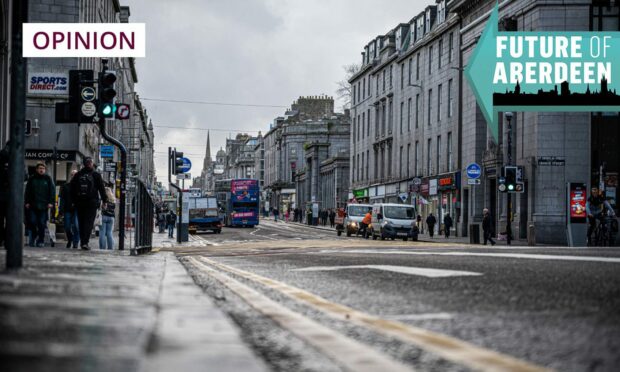
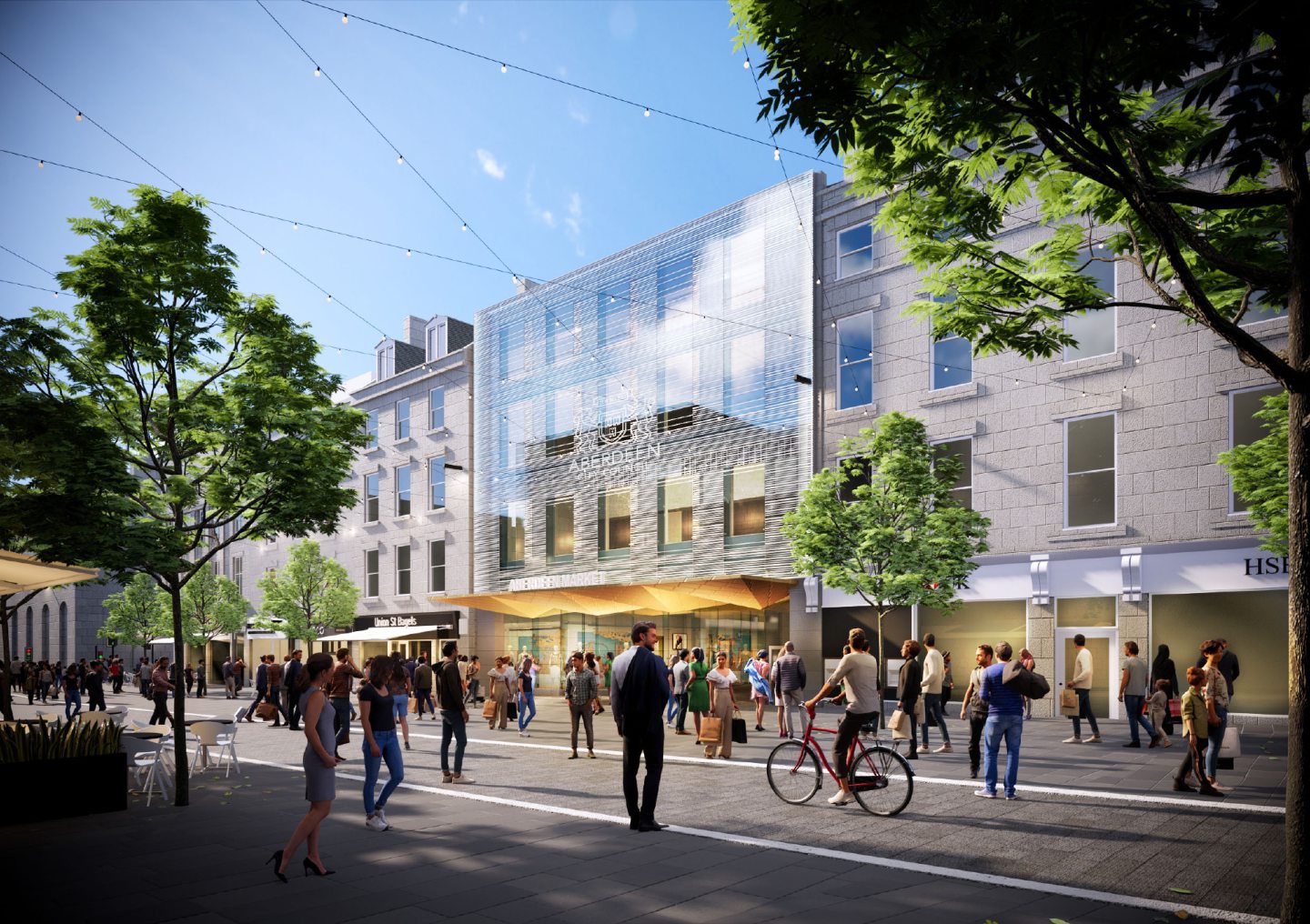
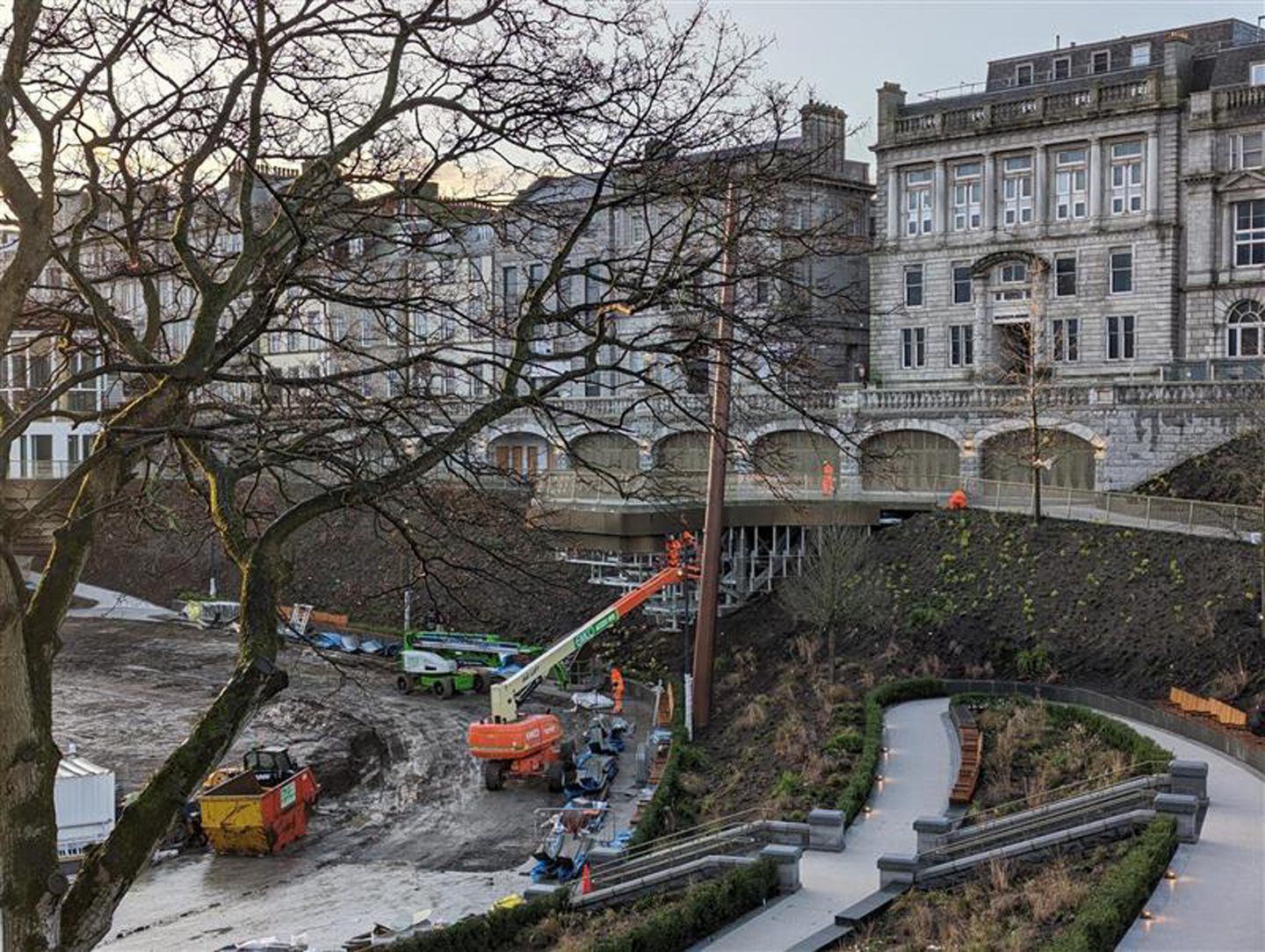
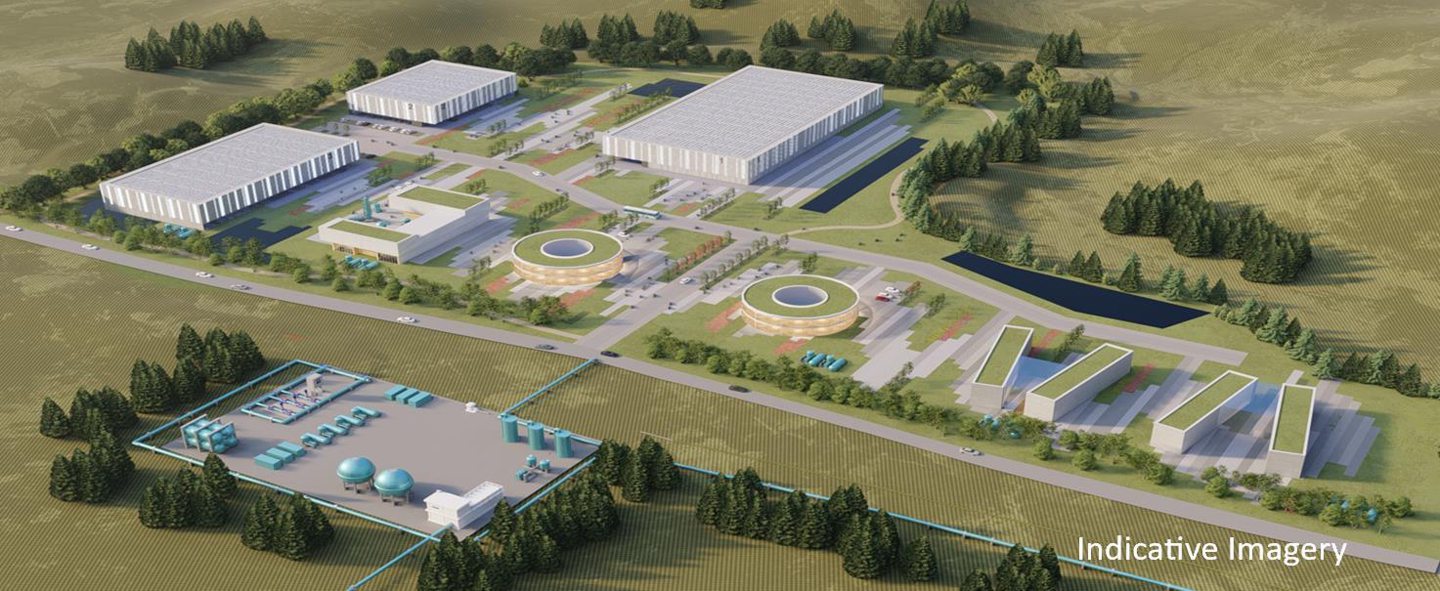
Conversation